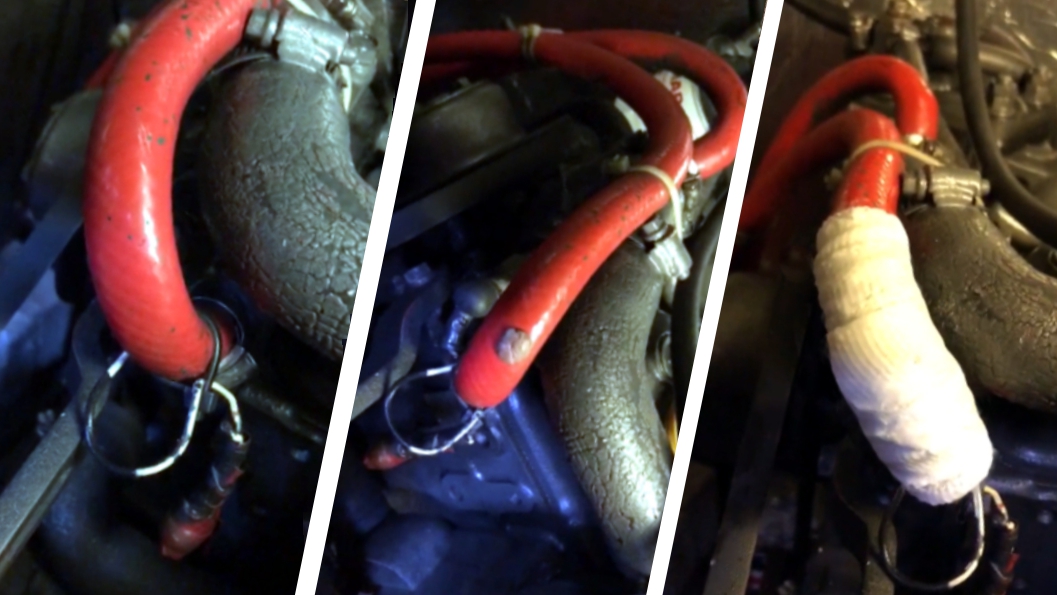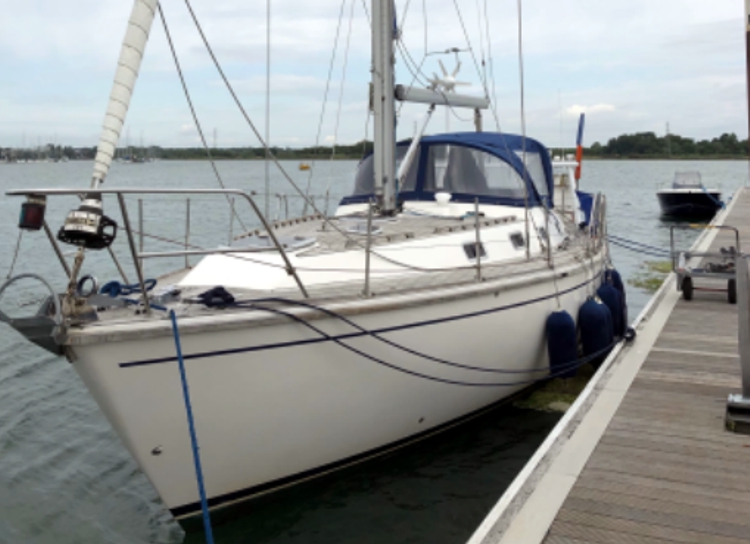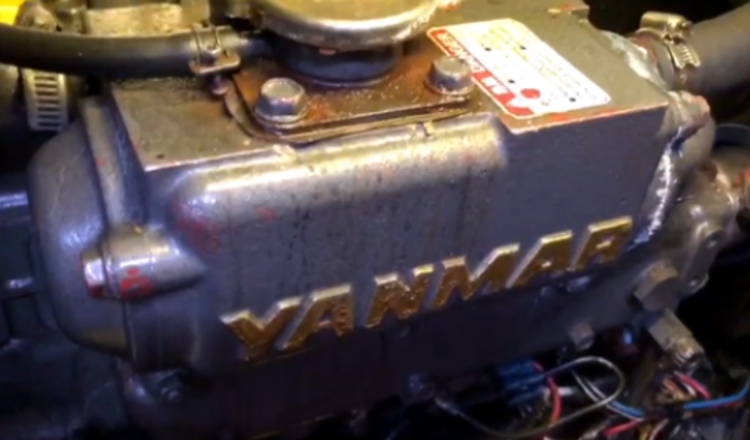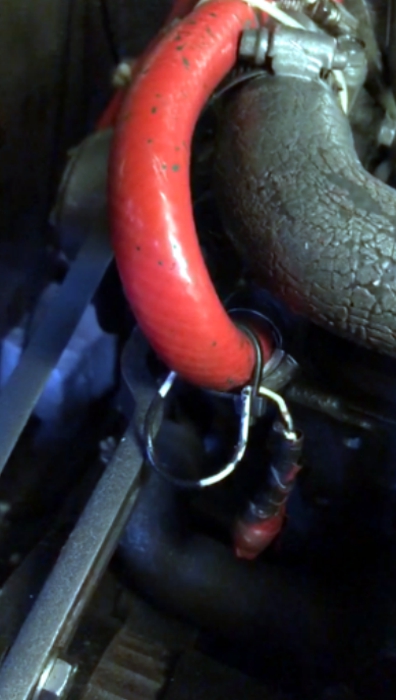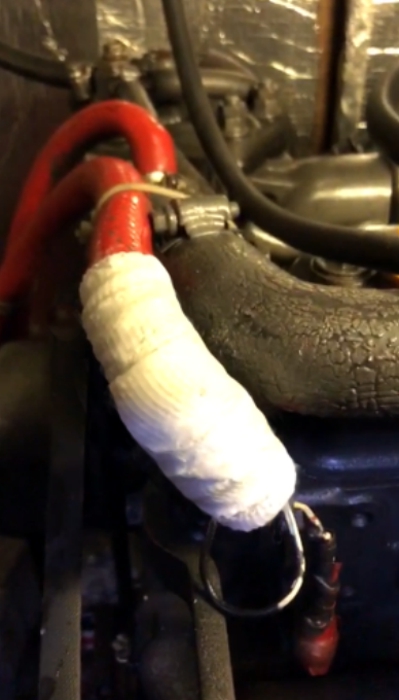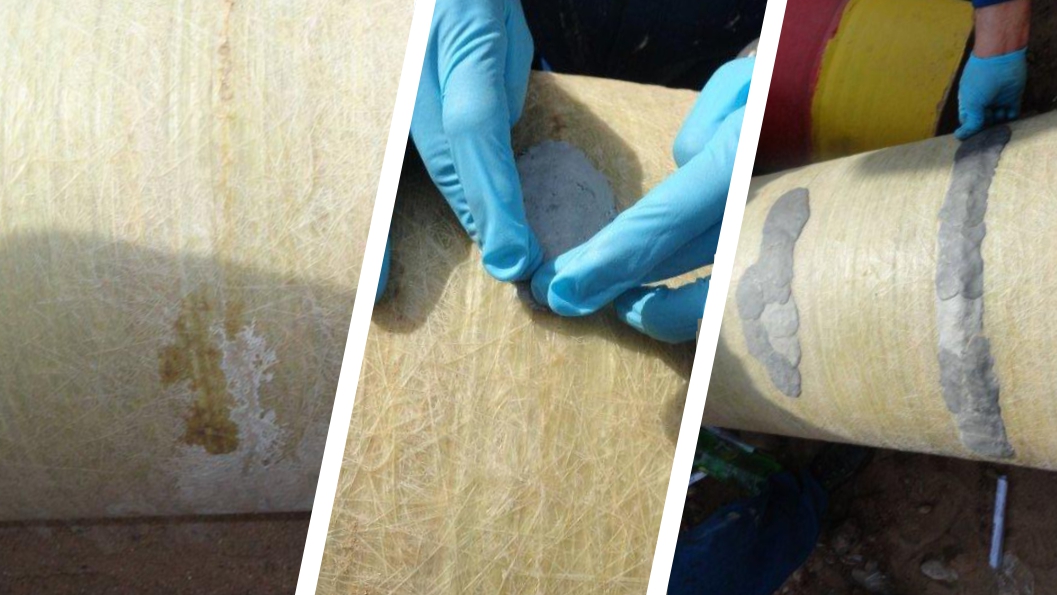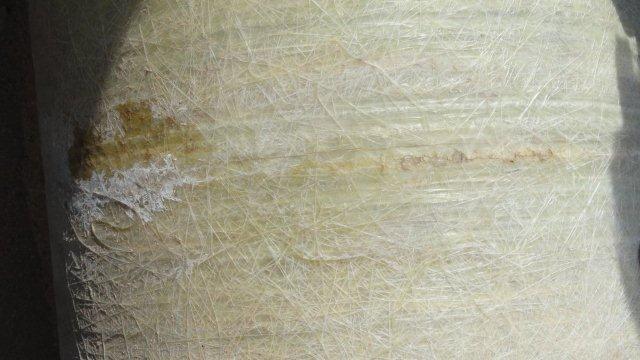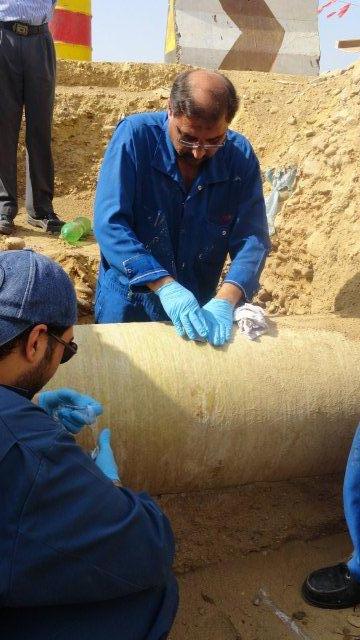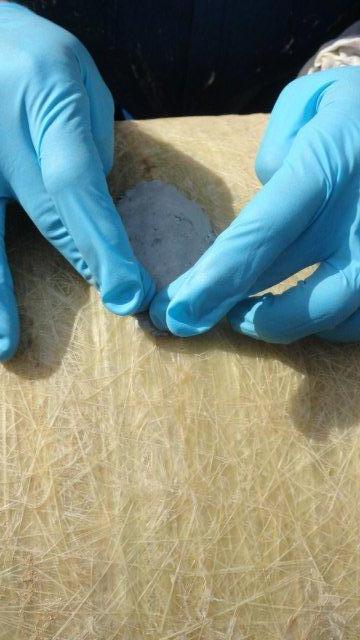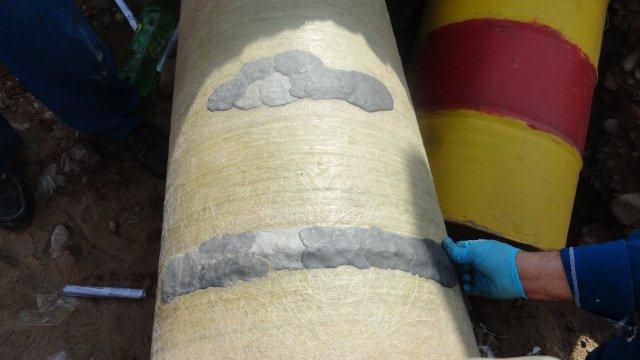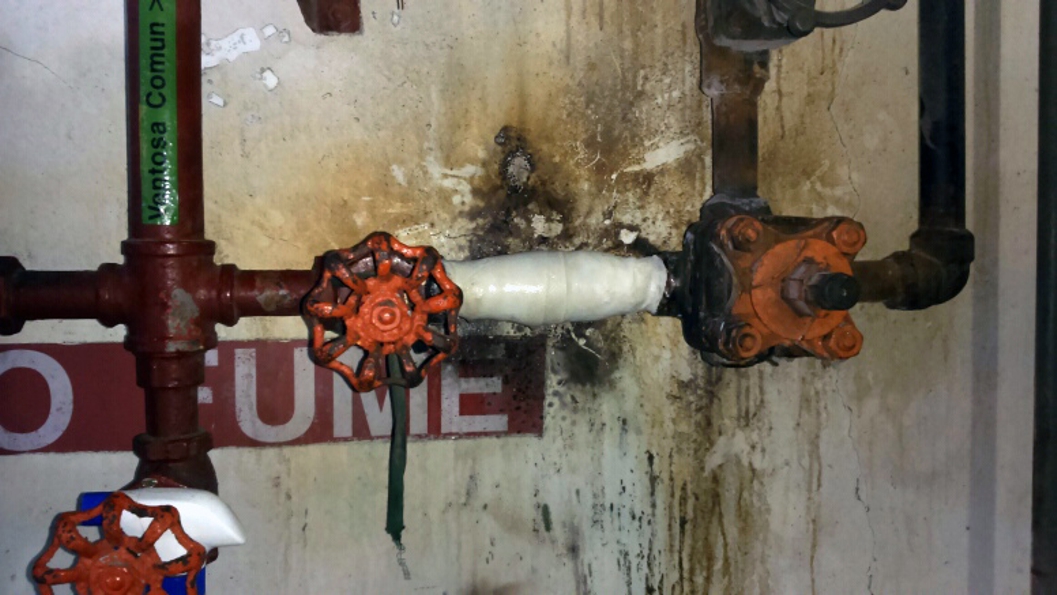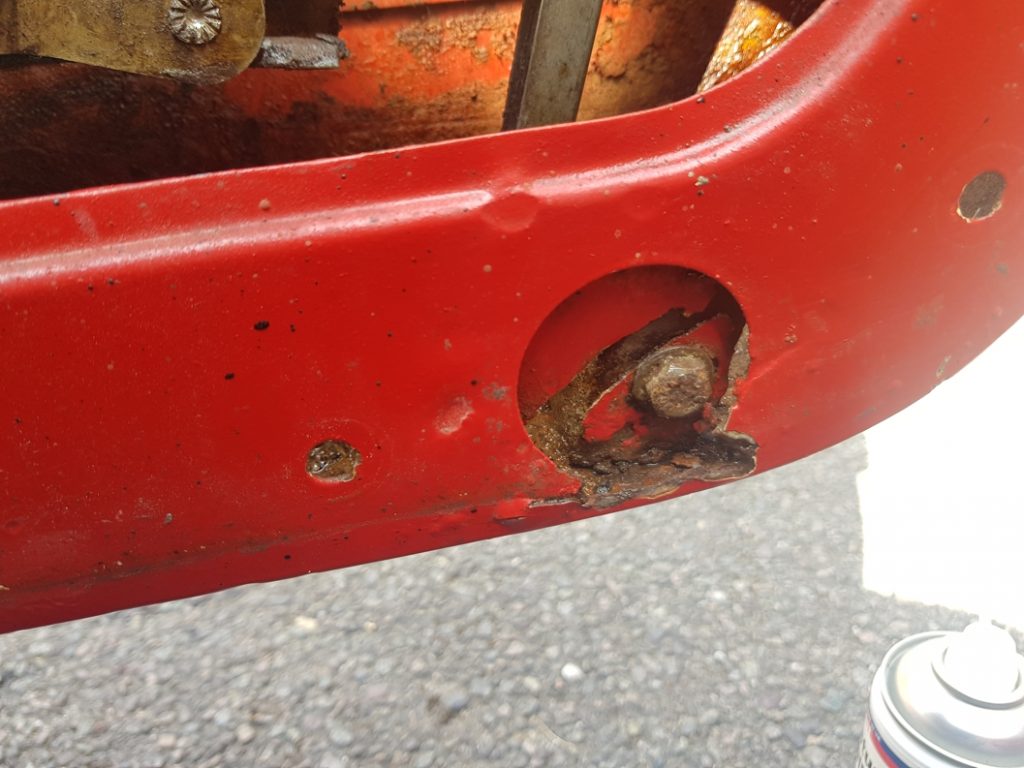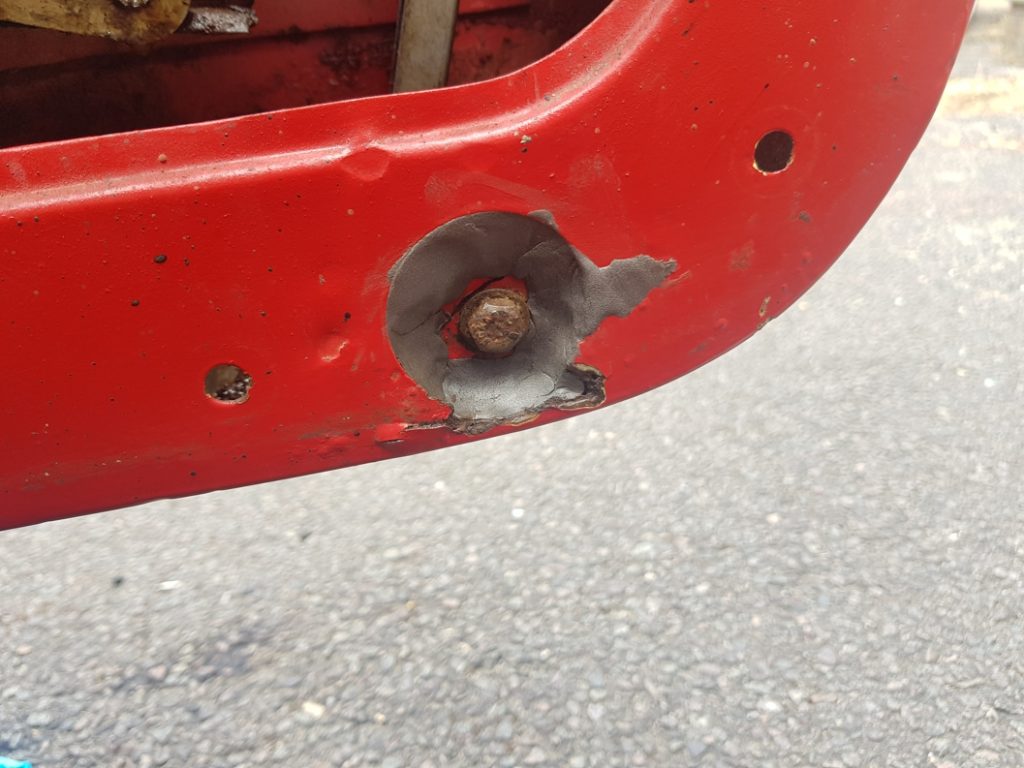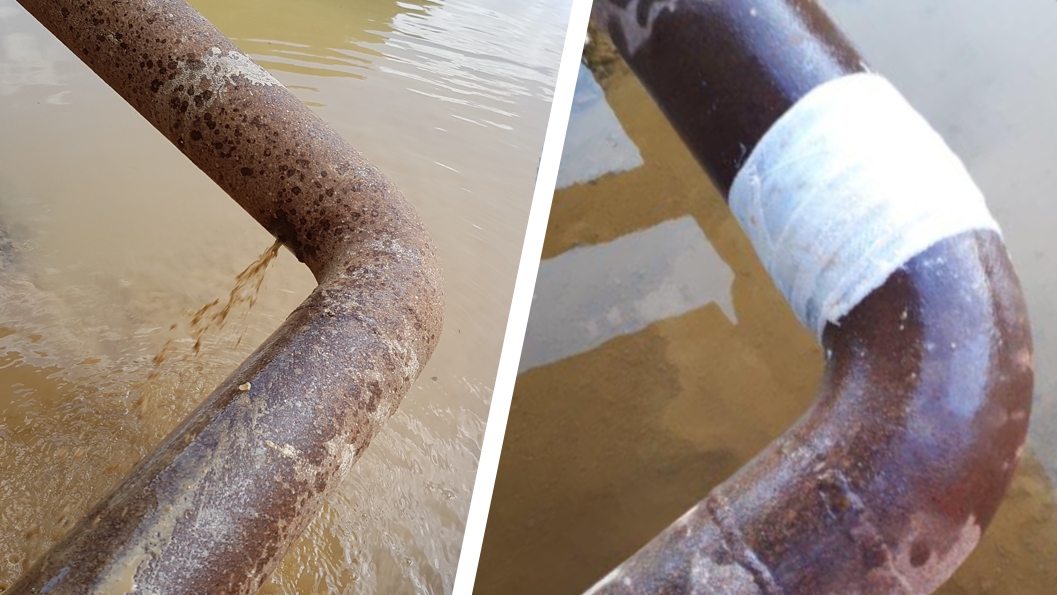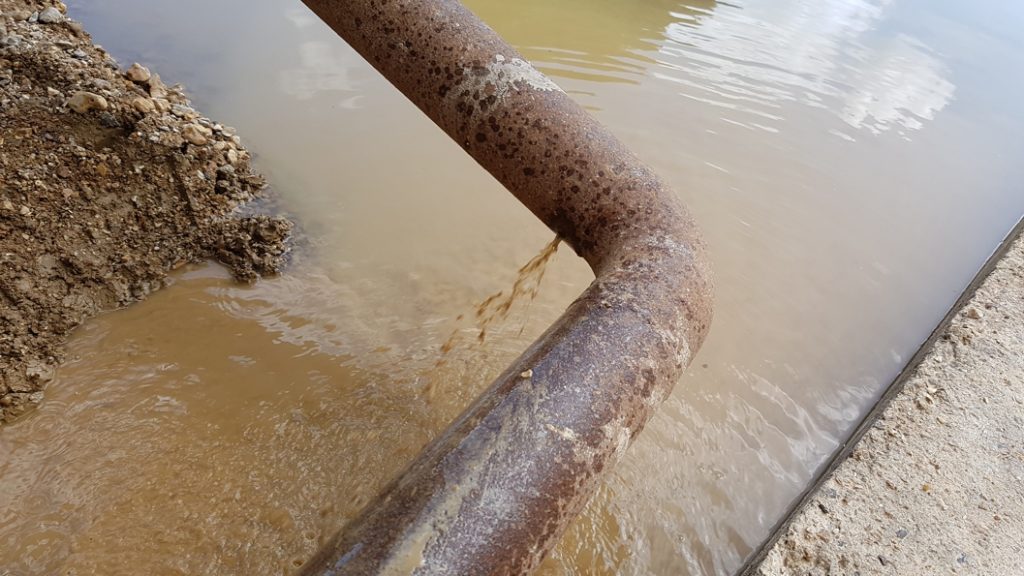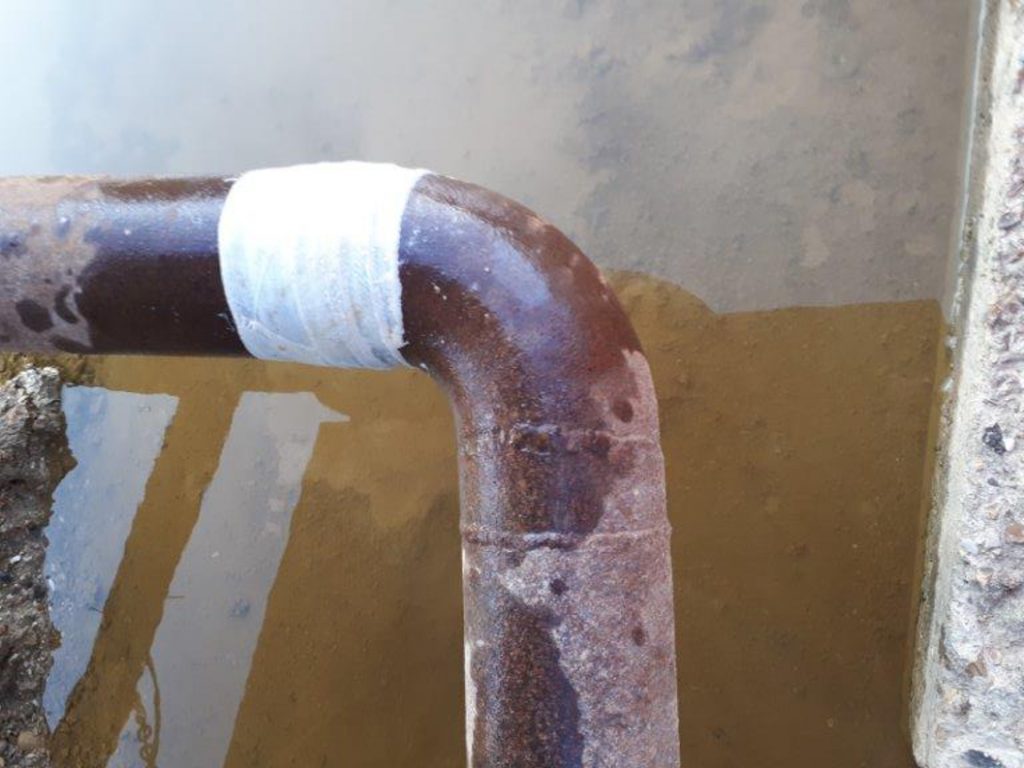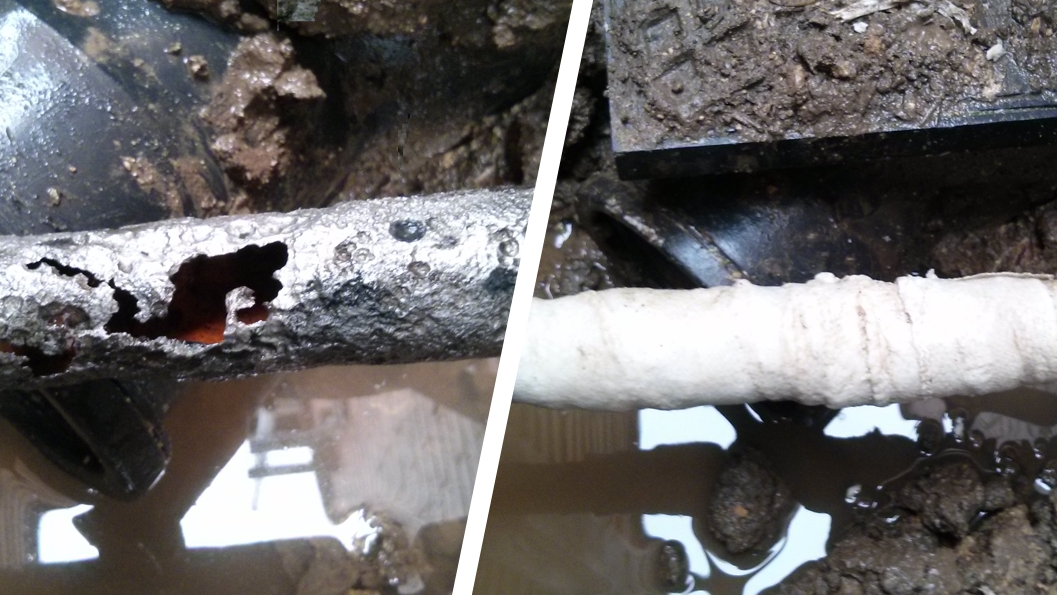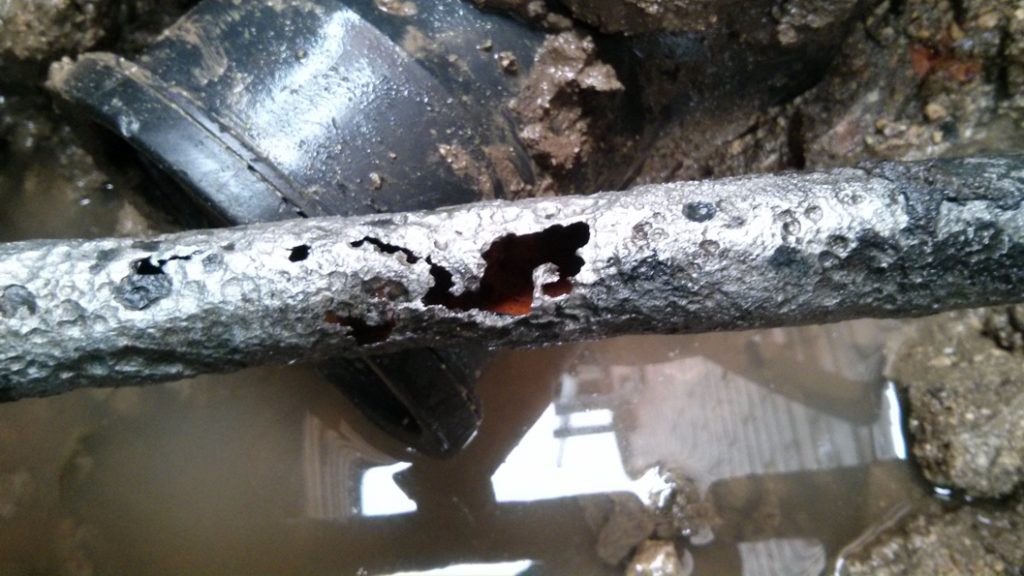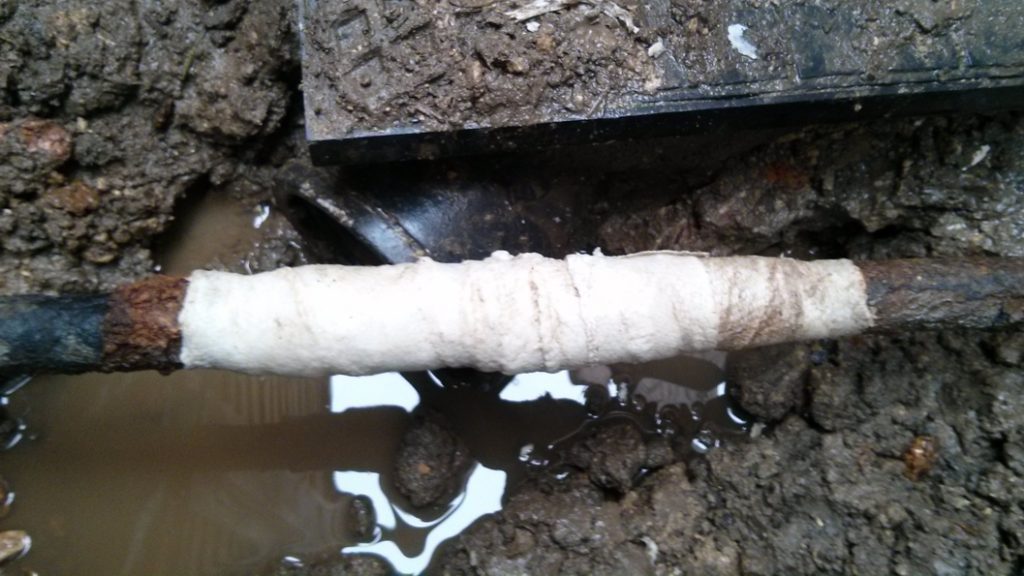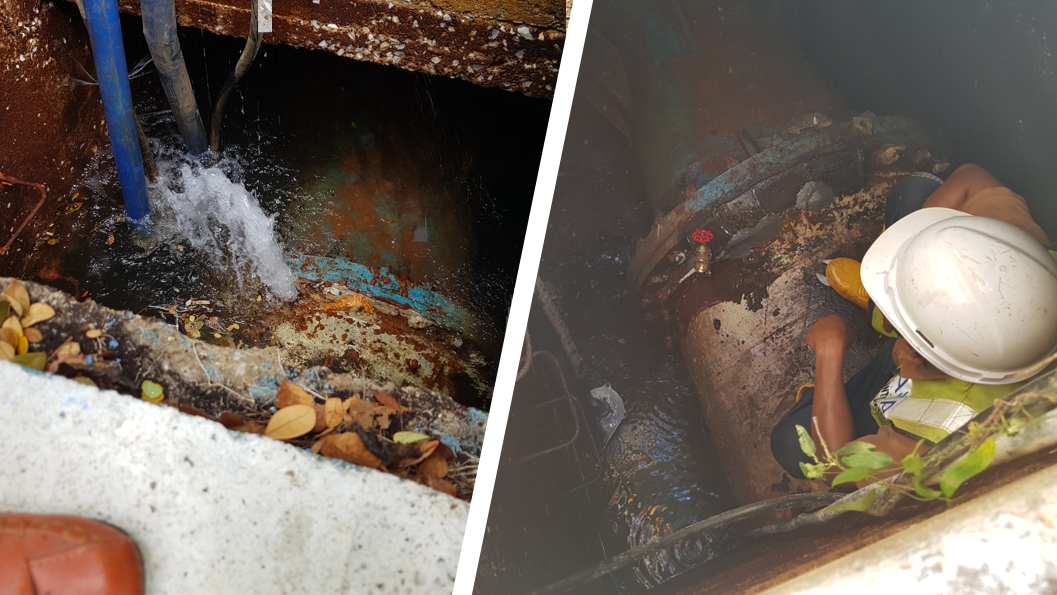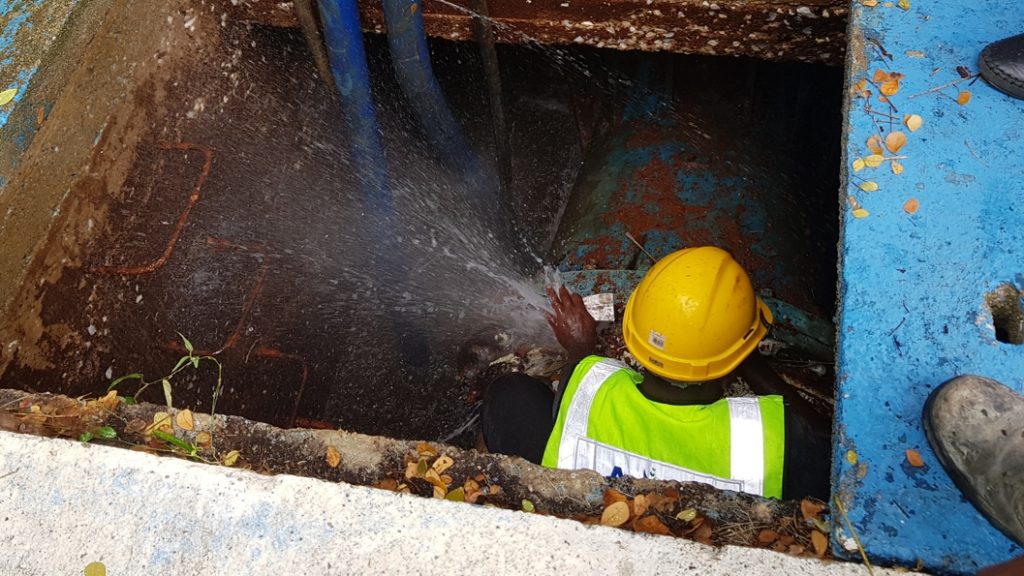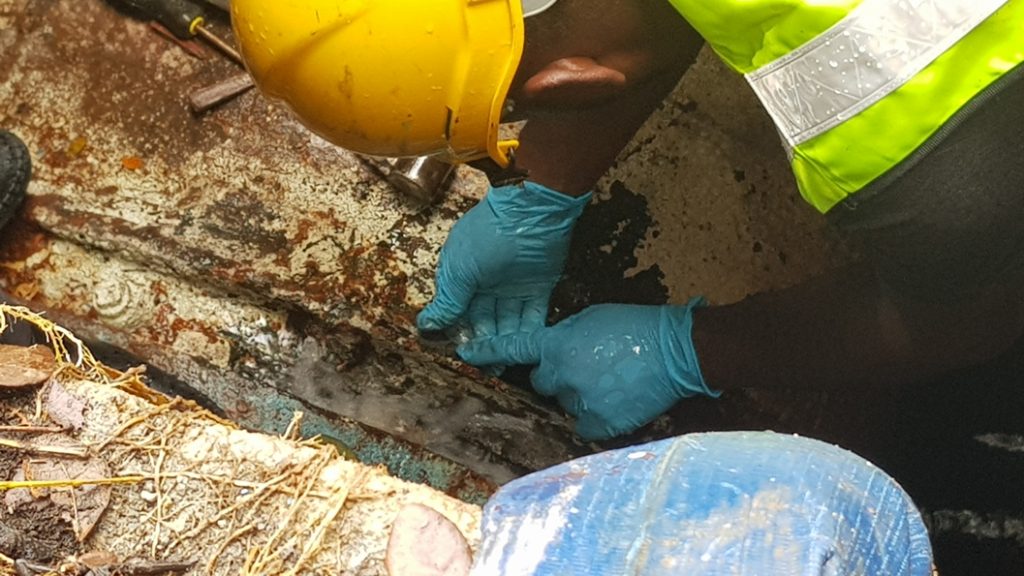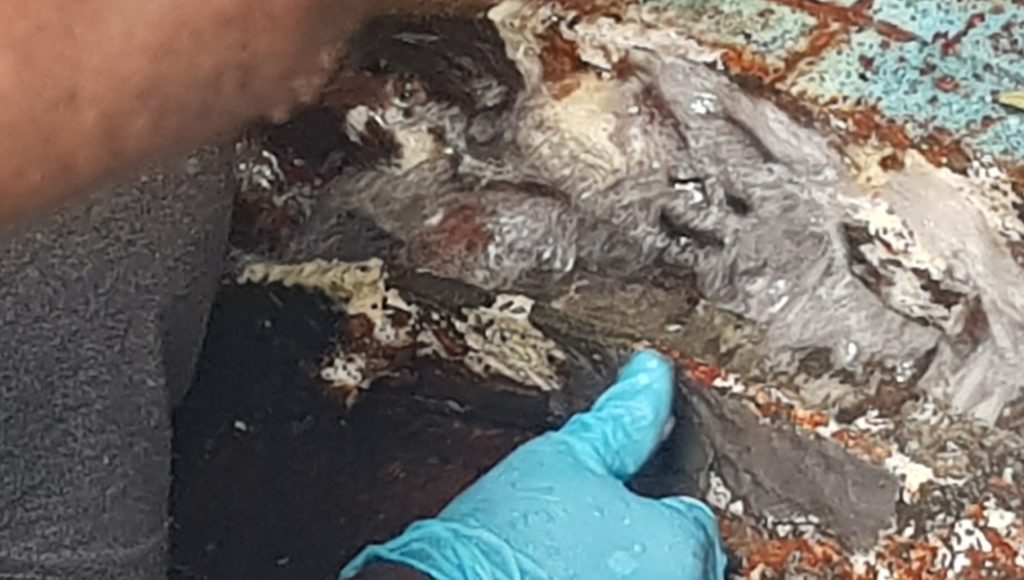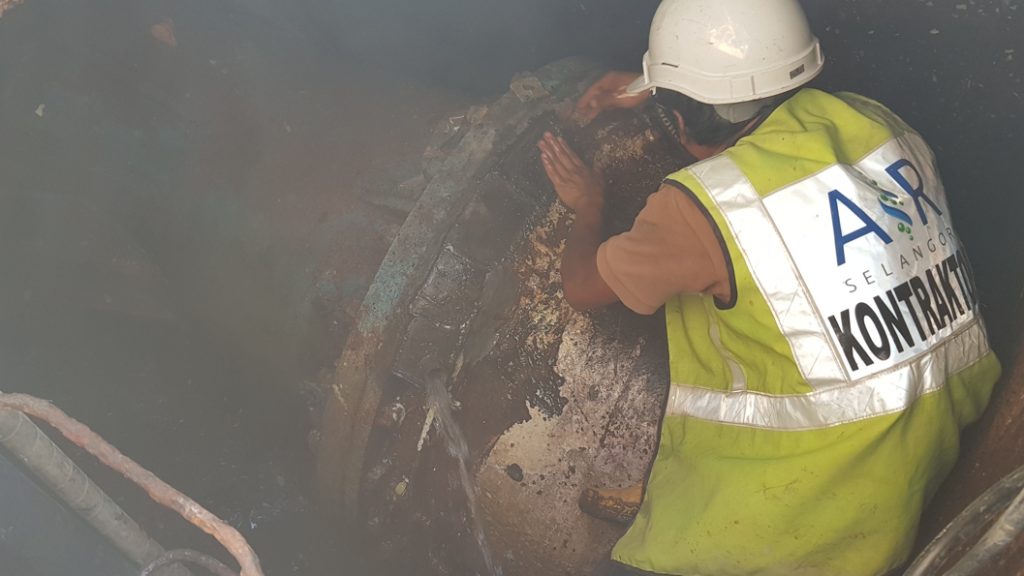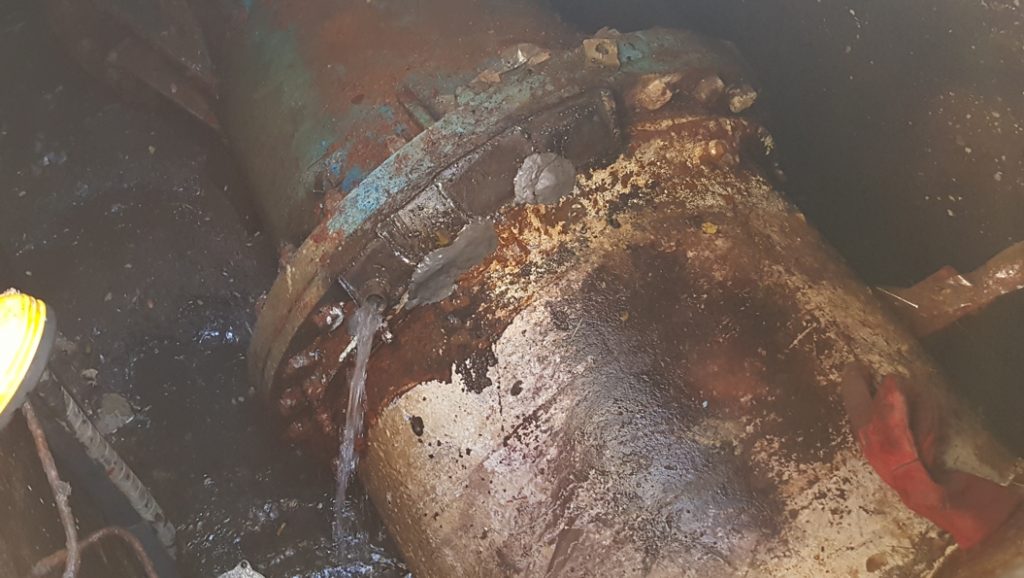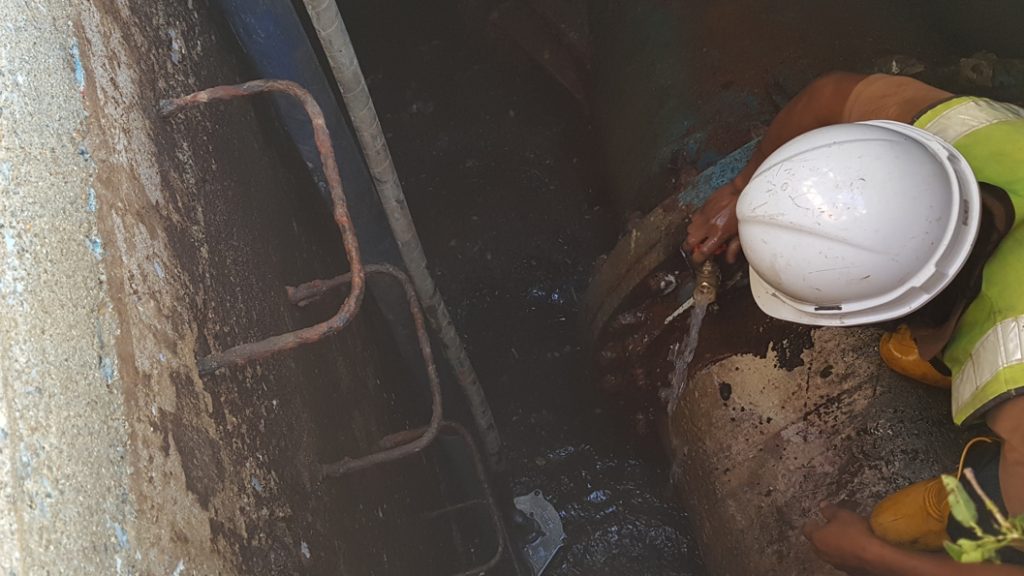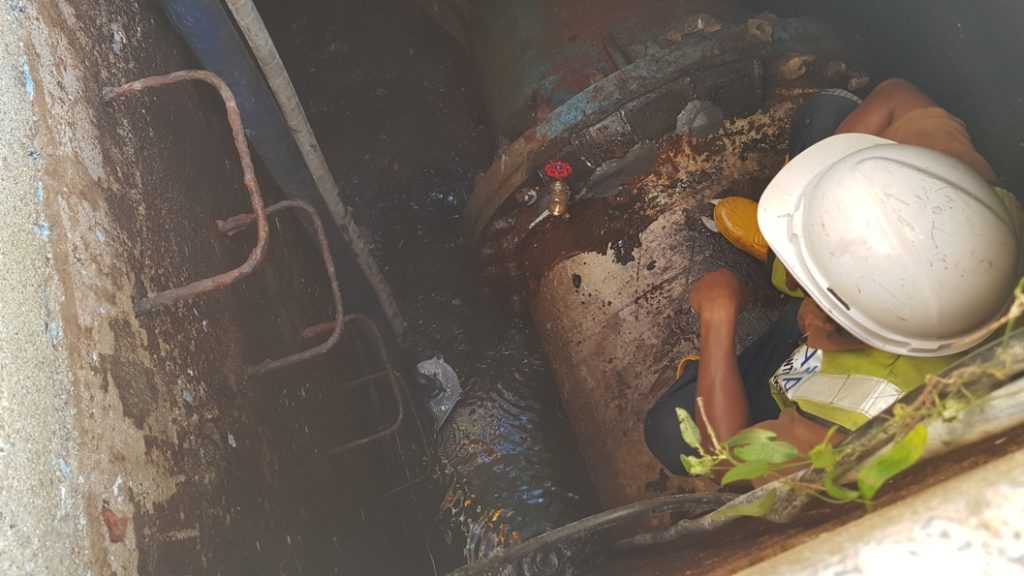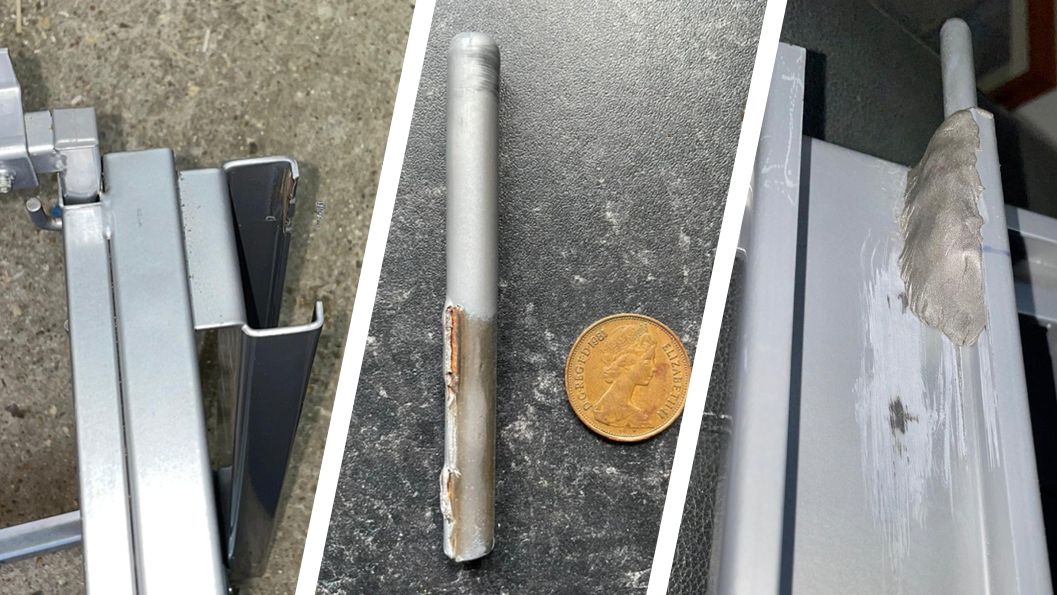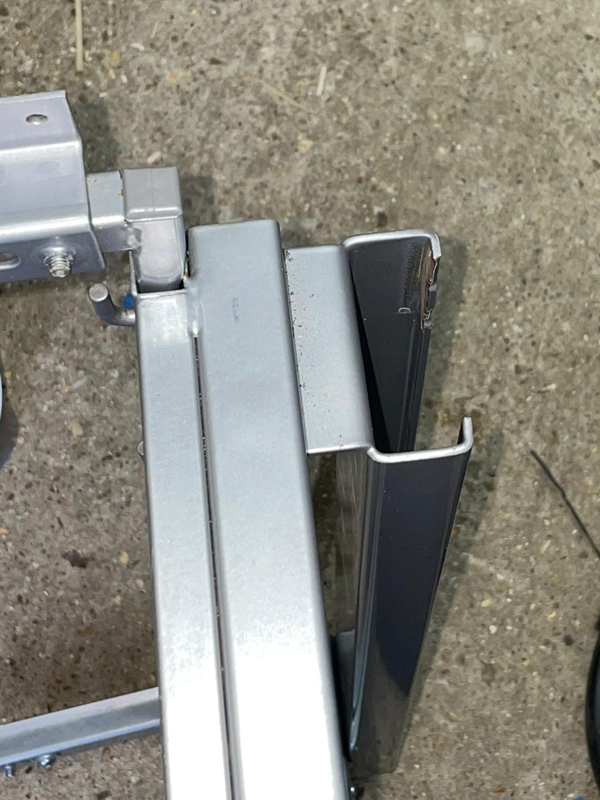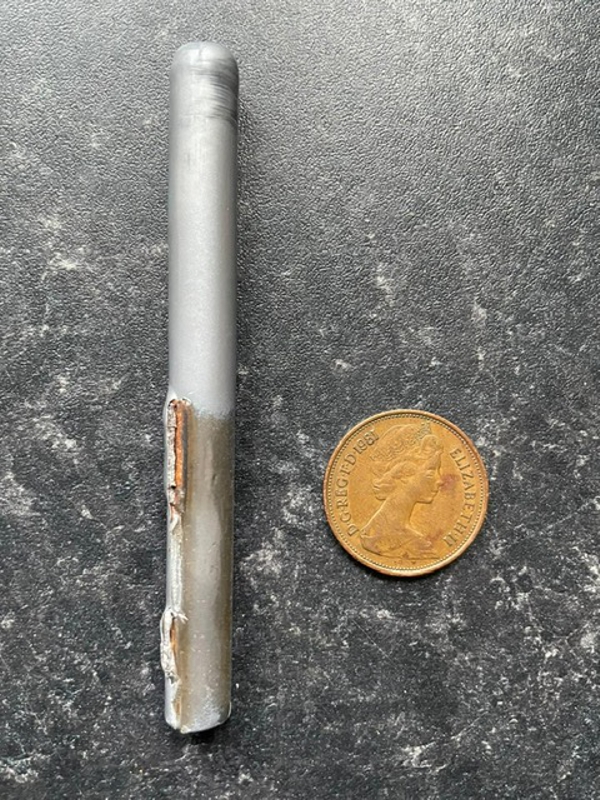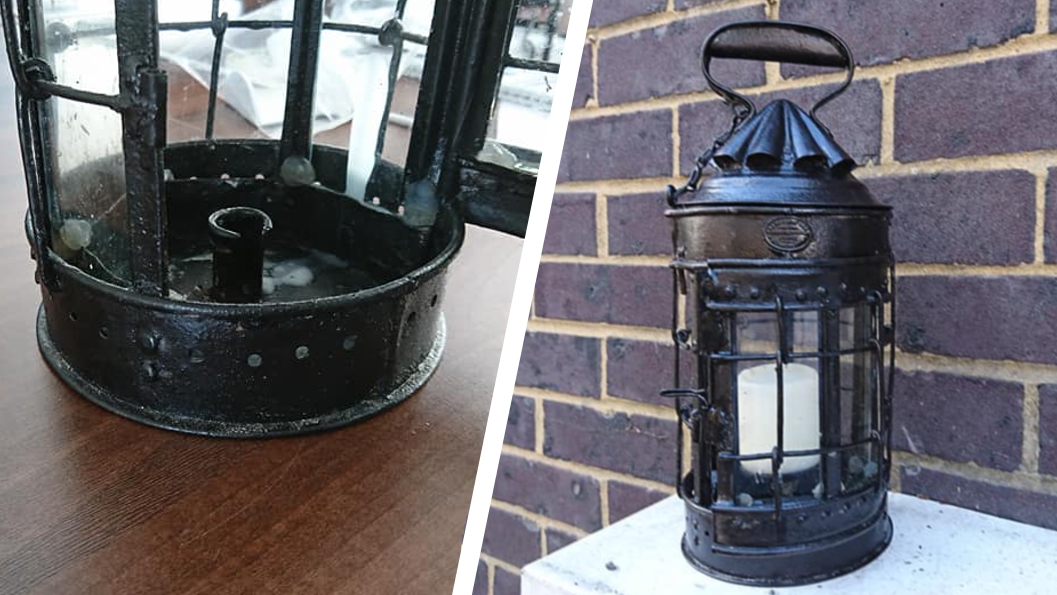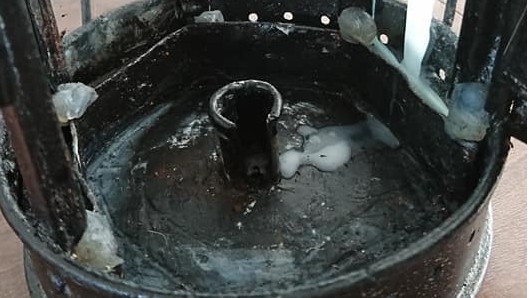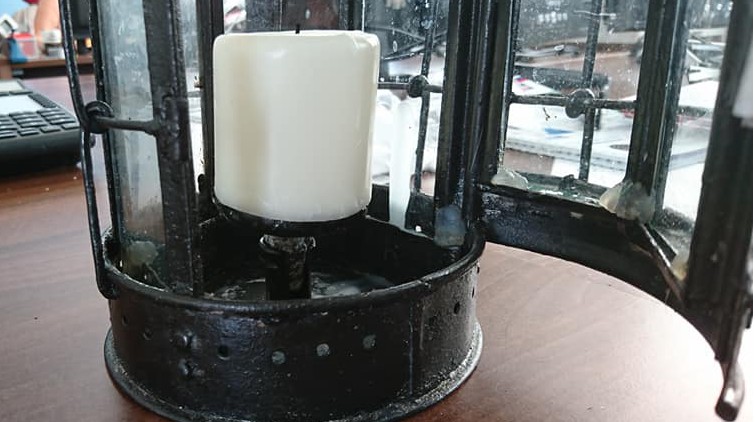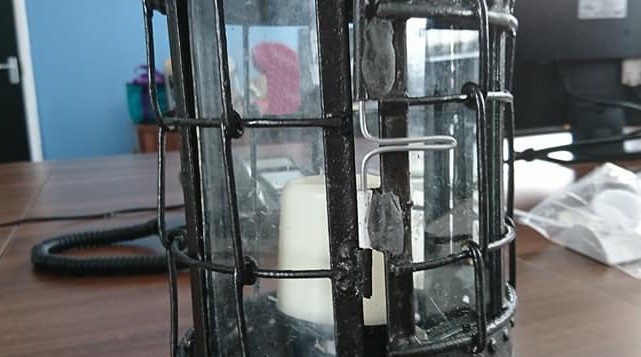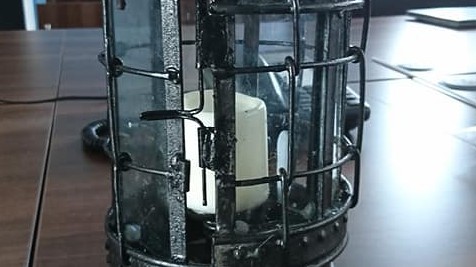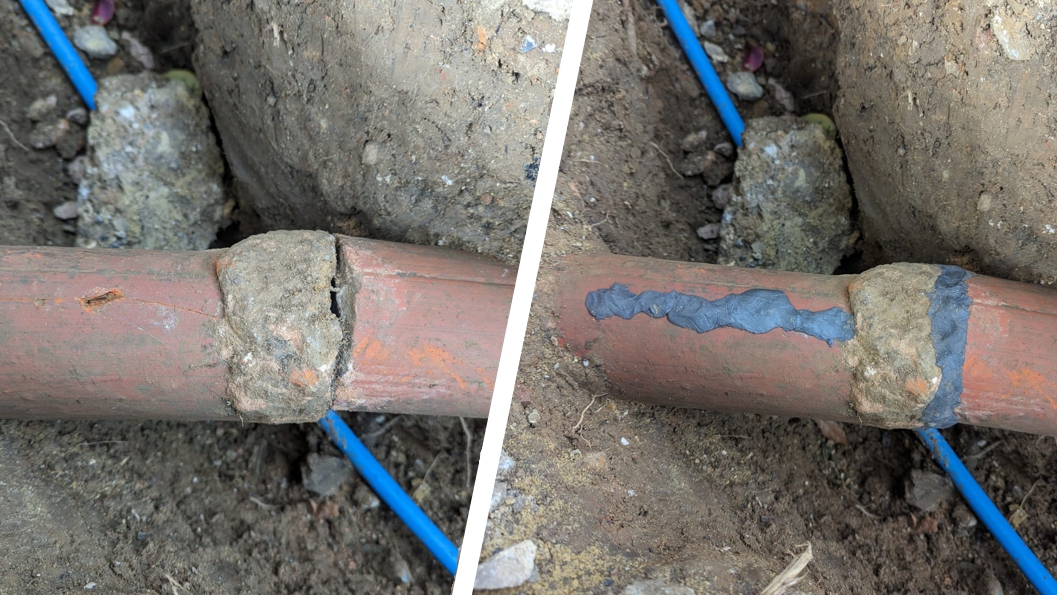
An underground clay pipe repair prevents a home drainage system going to pot
Accidental impact and ground movement during building work left an underground 100mm clay drainage pipe with two cracks requiring repair, one of which was severe enough to almost split the pipe into two separate parts.
Case Study Data
Site
Domestic property
Location
United Kingdom
Repair Type
No pressure pipe repair
Defect
Two cracks in underground 100mm clay drainage pipe
Products Used
Superfast Steel Epoxy Putty Stick
Fast working steel epoxy putty which sets rock hard inside cracks and holes, sealing leaks
SylWrap HD Pipe Repair Bandage
Composite wrap reinforced the repair with a rock hard sleeve which also helped hold the pipe back together
SylWrap Standard Pipe Repair Kit
Superfast Epoxy and SylWrap HD are supplied together in the Standard Pipe Repair Kit
Case Study PDF
Case Study Details
Clay was a popular material for drainage pipes in the United Kingdom from the early 20th century until the 1970s, when plastic became more widely used due to being easier and cheaper to fabricate and install.
High resistance to corrosion and chemical degradation gives clay extreme durability and longevity, with an estimated lifespan of anywhere between 60 and 100 years. This means many UK homes built before the 1970s are still serviced by working clay pipes.
One weakness of clay pipes, however, is they are susceptible to damage from root ingress and ground movement – which often only becomes obvious when a patch of ground becomes noticeably waterlogged from an underground leak.
A homeowner was carrying out building works when an area of their garden began suffering from this problem. After digging down, they discovered a dislodged 100mm clay pipe with two areas of significant damage.
The first and most severe was a crack next to a junction almost splitting the pipe into separate parts. The junction and uneven surface meant it would not be possible to reassemble the pipe using a repair clamp.
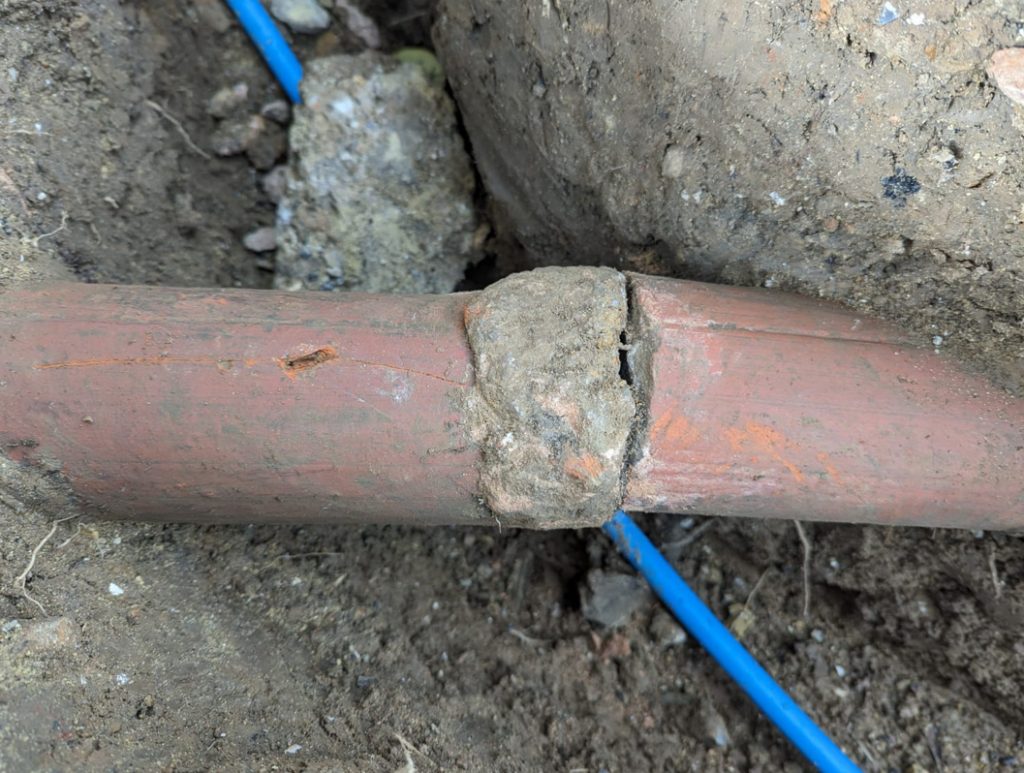
Across the top of the pipe was a hairline crack, representing the second damaged area. There was no pressure and the homeowner was keen to avoid the cost and disruption which would come with replacing the pipe.
They therefore used a SYL-412-NP SylWrap Standard Pipe Repair Kit to seal the leaks and attach the pipe back together. Before the repair, enough room was dug out underneath the pipe to allow clearance for it to be wrapped.
The two cracks were then filled with Superfast Steel Epoxy Putty. Enough putty was first mixed by hand to cover the hairline crack. It was then pushed firmly down across the top of the pipe, curing within five minutes to form a rock hard material covering the leak.

For the larger crack, more putty was mixed and forced into the gap between the two sections of pipe. Once it had set, Superfast Steel bridged the crack with a watertight material bonded to both pieces.
The pipe was then overwrapped with SylWrap HD Pipe Repair Bandage. The fast-working resin in SylWrap HD was activated with water and the bandage wrapped along the entire length of the exposed pipe.
SylWrap HD cured to form a rock-hard, impact resistant protective shell. It reinforced the repair and helped hold the two broken pieces of clay pipe back together.
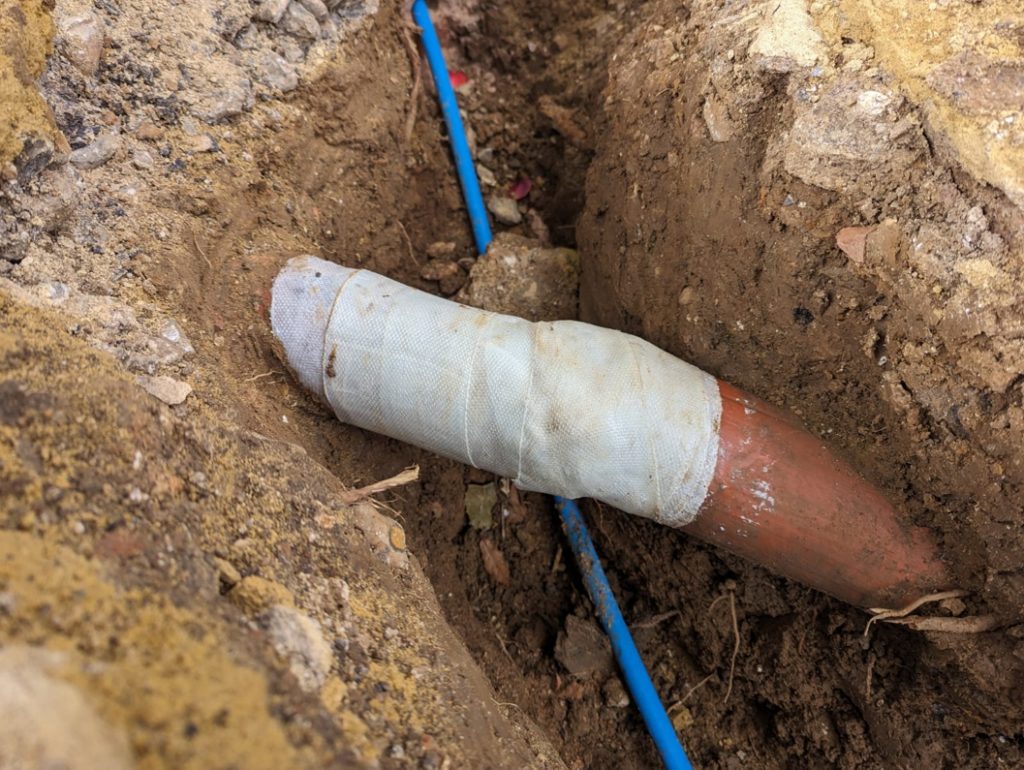
The homeowner said afterwards that the repair worked perfectly and that the product was great. Completing the repair took under 30 minutes and cost less than £50, representing a huge saving compared with removing the pipe and installing a replacement.
With many clay pipes installed before the 1970s now beginning to reach the end of their natural lifespan, repairs such as this are set to become more common in the UK over the coming years.
If you have an application you would like to enquire about, then please get in touch
Call: +44 (0)1444 831 459
Email: sales@sylmasta.com

